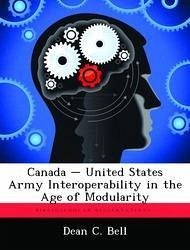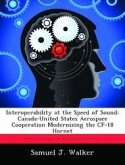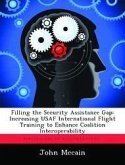This monograph explores future opportunities for Canadian - United States Army interoperability in the context of transformation. With the end of the Cold War and the beginning of the information revolution, there has never been a time in history when the opportunities for improving Canadian - United States interoperability have been greater. The advent of the UEx and units of action present the Canadian Army with numerous ways to compliment and improve United States Army capabilities by establishing a permanent affiliation between a Canadian Mechanized Brigade Group and an American UEx. History is on the side of this argument. During the Second World War, the First Special Service Force (FSSF), a unit consisting of Canadian and United States soldiers, was an elite formation that produced a whole greater than the sum of the parts. Sixty years later, Canada once again found itself integrated into an American brigade fighting in Afghanistan. There, unlike in Italy and France with the FSSF, Canadians were not fully able to contribute to the coalition effort. Communications and operational security were continual problems throughout the operation. Canada presently maintains a standing battalion task force commitment to NATO's Immediate Reaction Force (Land) (IRF(L)). It is the conclusion of the author that instead of maintaining its old Cold War era commitment to the IRF (L), Canada would be better served to commit a Brigade Group to an American UEx. Within the new United States Army modular force structure, there many opportunities for a Canadian brigade group to make a significant contribution. By maintaining a standing commitment to an American UEx, future interoperability could be greatly enhanced.








